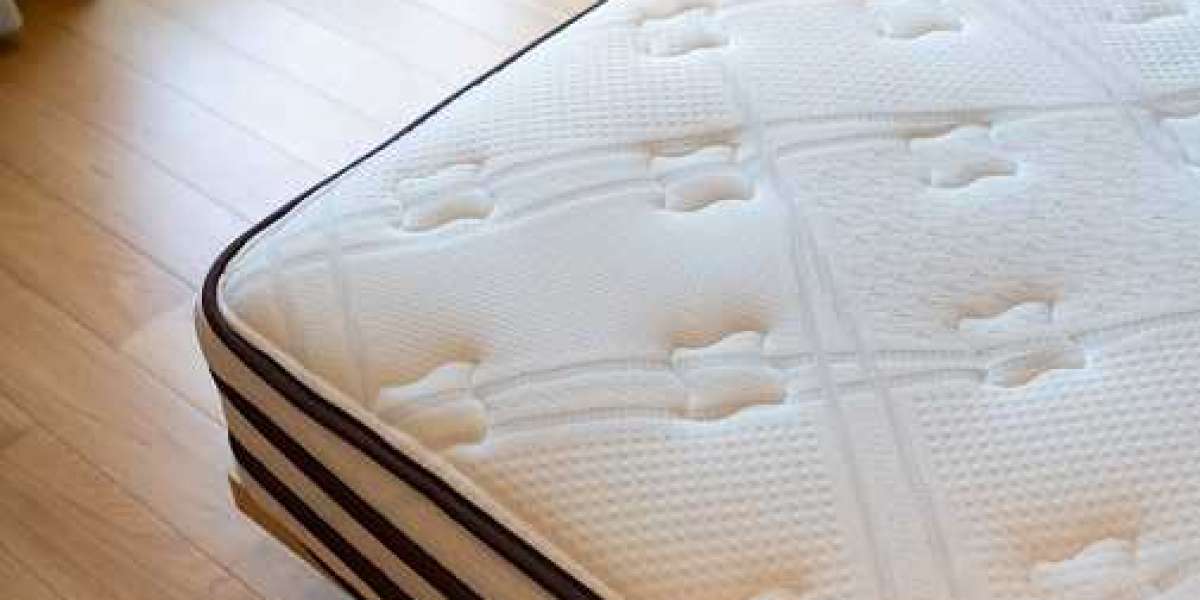Introduction to Viscoelastic Foam
Welcome to the fascinating world of viscoelastic foam! If you've ever laid down on a supremely comfortable mattress or sat in a perfectly contoured seat cushion, chances are you've experienced the incredible properties of this unique material. But have you ever wondered what gives viscoelastic foam its exceptional elasticity and memory? The answer lies in an essential ingredient: polyether polyols. In this blog post, we will delve into the chemistry behind viscoelastic foam and demystify the role of polyether polyols in creating this remarkable material. So sit back, relax, and let's unravel the secrets of top-quality care chemicals material with Jiahua Chemicals!
Benefits and Applications of Viscoelastic Foam
Viscoelastic foam, also known as memory foam, offers a wide range of benefits and applications that have made it increasingly popular in various industries. Due to its unique properties, this material provides exceptional comfort and support, making it ideal for use in mattresses, pillows, seat cushions, and even medical devices.
One of the key advantages of viscoelastic foam is its ability to conform to the shape of the body under pressure. This characteristic allows for even weight distribution and reduces pressure points that can cause discomfort or pain. Whether you're sitting or lying down, viscoelastic foam molds itself around your body contours to provide customized support.
In addition to providing excellent comfort, viscoelastic foam has proven therapeutic benefits. Its ability to absorb impact energy helps reduce motion transfer during sleep – perfect for those sharing a bed with restless partners! Moreover, this material can alleviate joint pain by relieving stress on sensitive areas such as hips and shoulders.
Furthermore,Beyond personal comfort applications viscoelastic foams are used extensively in healthcare settings due to their ability to prevent pressure ulcers among immobilized patients. They are also widely employed in automotive seating for enhanced passenger comfort during long journeys.
Additionally, they find application in soundproofing materials and protective gear like helmets. Overall, the versatility of viscoelastic foam makes it an invaluable resource across multiple industries. Its benefits extend far beyond mere cushioning; they improve overall well-being by offering unrivaled support and reducing common discomforts associated with extended periods of sitting or lying down.
Types of Polyether Polyols Used in the Production of Viscoelastic Foam
Polyether polyols play a crucial role in the production of viscoelastic foam, providing it with its unique properties and characteristics. These polyols are essentially polymers that consist of repeating units called ethylene oxide or propylene oxide.
One type of polyether polyol commonly used is called polyethylene glycol (PEG). PEG has a high molecular weight and is known for its excellent water solubility, making it ideal for use in healthcare applications such as medical mattresses and pillows. Its hydrophilic nature ensures better breathability and moisture management, contributing to enhanced patient comfort.
Another type is polypropylene glycol (PPG), which offers outstanding durability and resilience to viscoelastic foams. PPG-based foams exhibit excellent resistance to compression set, meaning they can withstand prolonged use without losing their original shape or supportiveness.
Polytetramethylene ether glycol (PTMEG) is yet another important type used in the production process. PTMEG imparts superior elasticity and flexibility to viscoelastic foams while maintaining their memory properties. This allows the foam to contour perfectly to body shapes, ensuring optimal pressure relief and reducing discomfort during sleep or extended periods of sitting.
The selection of the appropriate type of polyether polyol depends on various factors such as desired foam properties, application requirements, and end-user preferences. Manufacturers carefully consider these factors when formulating their products for specific uses like bedding materials, automotive seating cushions, or even shoe inserts.
Understanding the different types of polyether polyols used in producing viscoelastic foam provides valuable insights into how this remarkable material achieves its exceptional performance characteristics. The choice of these chemicals ultimately determines whether a product will deliver top-quality care or not.
The Chemistry Behind the Elasticity and Memory of Viscoelastic Foam
The viscoelastic foam, known for its unique ability to conform to the shape of an individual's body and then slowly return to its original form, has gained immense popularity in the bedding and furniture industries. But have you ever wondered about the science behind its elasticity and memory? Let's dive into the chemistry that makes this material so remarkable.
At the heart of viscoelastic foam are polyether polyols - a key component used in its production. Polyether polyols are synthetic polymers made by reacting epoxides with compounds containing active hydrogen atoms. These materials play a crucial role in determining the foam's properties, including its density, firmness, and durability.
During manufacturing, these polyether polyols are combined with diisocyanates – another important chemical component – that react together to form a solid structure while releasing carbon dioxide gas as a byproduct. This process is known as polymerization and creates an interconnected network of molecular chains within the foam.
It is this intricate network that gives viscoelastic foam its unique properties. The long molecular chains allow it to deform under pressure as they slide past one another, creating a cushioning effect that provides comfort and support. Moreover, when pressure is released, these chains gradually realign themselves back into their initial positions due to intermolecular forces like Van der Waals interactions.
The chemical composition also plays a significant role in determining how quickly or slowly the foam returns to its original shape after deformation – commonly referred to as "memory." By manipulating factors such as crosslink density or selecting specific types of polyether polyols with varying molecular weights or functionalities during production, manufacturers can control this characteristic.
In conclusion, understanding the chemistry behind viscoelastic foam reveals why it possesses such exceptional elasticity and memory capabilities. The careful selection of high-quality care chemicals materials like Jiahua Chemicals' top-quality polyether polyols ensures that customers enjoy products built on scientific excellence.
Conclusion
In this article, we have delved into the fascinating world of viscoelastic foam and explored the role that polyether polyols play in its production. From its unmatched comfort and pressure-relieving properties to its durability and versatility, viscoelastic foam has become a popular choice for various applications.
We have learned about the different types of polyether polyols used in the manufacturing process, including those supplied by Jiahua Chemicals - a leading provider of top-quality care chemicals material. With their expertise and commitment to excellence, Jiahua Chemicals ensures that their polyether polyols meet stringent quality standards, making them an ideal choice for producing high-performance viscoelastic foam.
By understanding the chemistry behind the elasticity and memory of viscoelastic foam, we can appreciate how these materials provide exceptional support and conformability. The unique molecular structure allows for greater airflow, heat dissipation, and moisture regulation compared to traditional foams.
Whether it's enhancing sleep quality with mattresses or providing superior cushioning in automotive seating or medical applications, viscoelastic foam continues to revolutionize comfort solutions across industries. Through ongoing advancements in research and development, manufacturers like Jiahua Chemicals are continuously improving upon this remarkable material.
In conclusion, next time you sink into a plush mattress or experience that perfect contouring sensation while sitting on an ergonomic chair – remember that it is thanks to the science behind viscoelastic foam and specifically engineered polyether polyols like those offered by Jiahua Chemicals.
So when seeking top-quality care chemical materials for your comfort needs – trust in Jiahua Chemicals' extensive range of reliable products backed by years of industry expertise!








